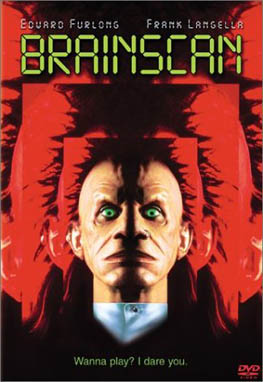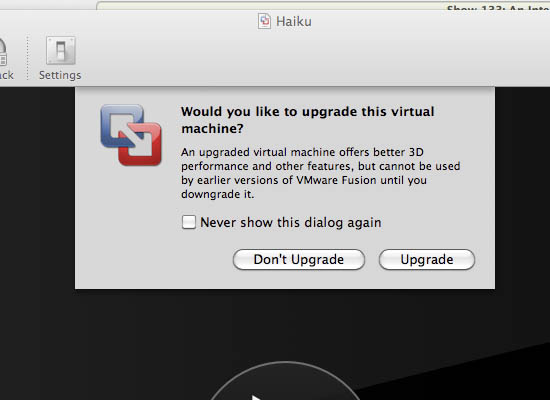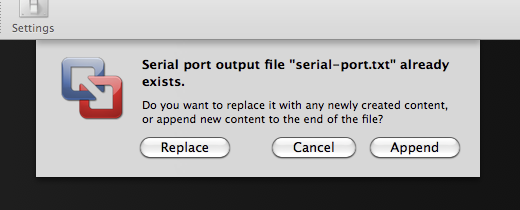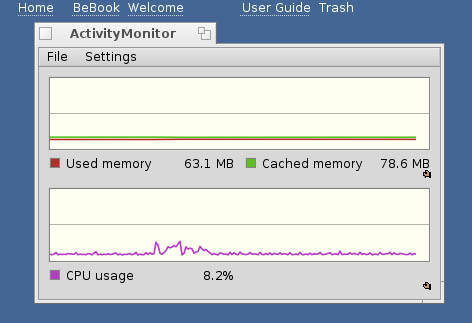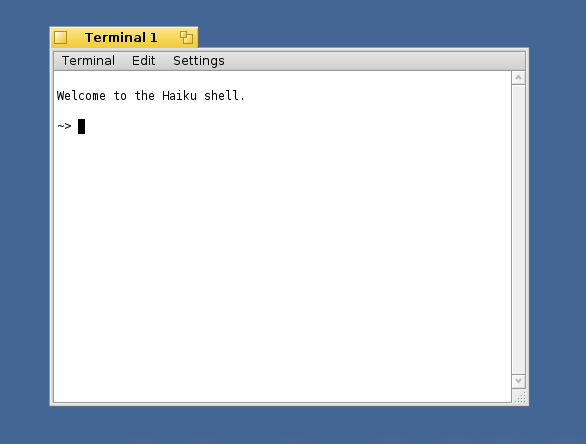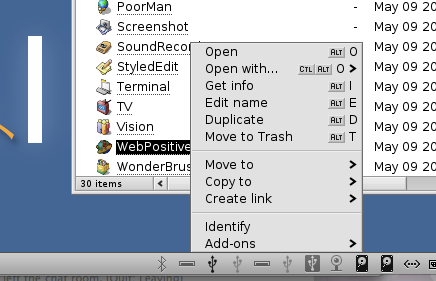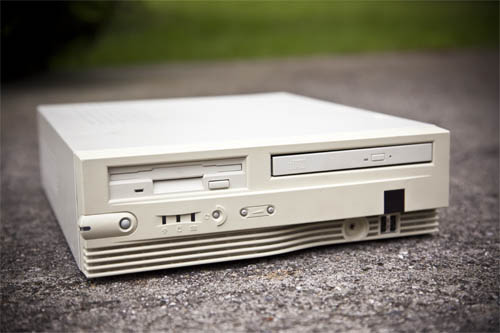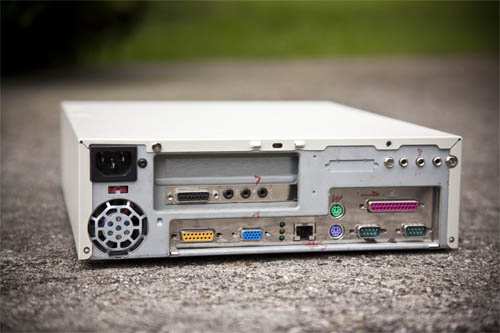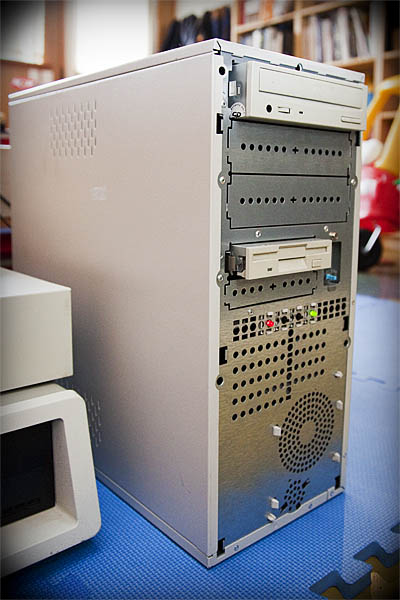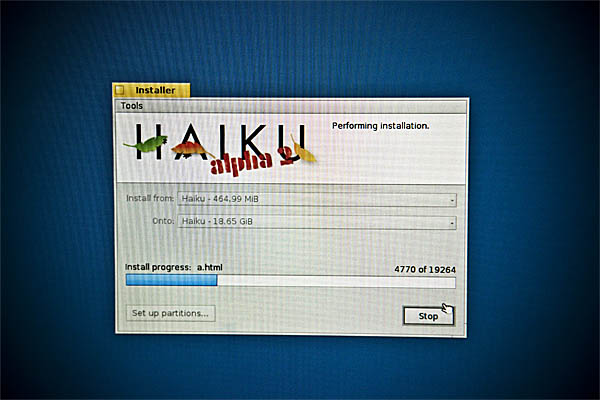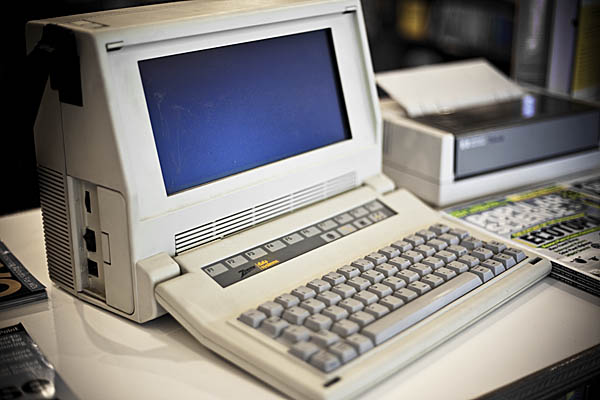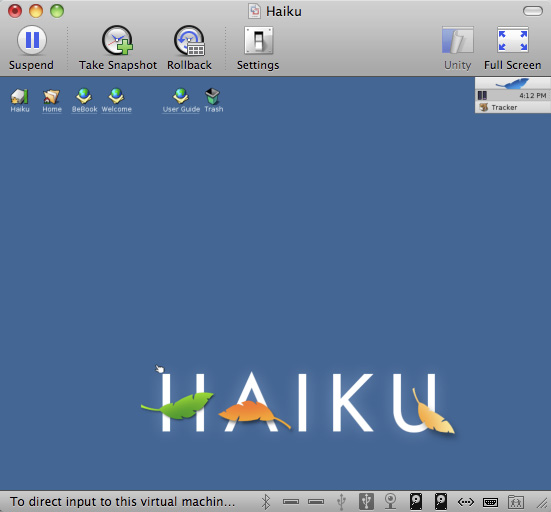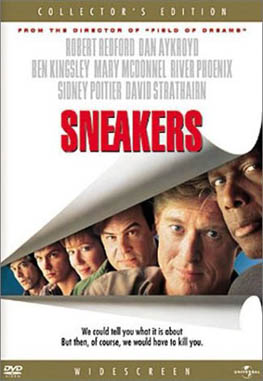
Sneakers – Why can’t there be more movies like this? This has to be the most mainstream hacker movie of all time. There are a couple of big name actors like Robert Redford and Dan Aykroyd. As old as this movie is now, the concepts(if not the hairstyles) have stood the test of time. Marty, the main character, is a penetration tester of sorts who gets hired by a three-lettered agency to steal a black box in order to clear his name. If you are reading this web page and you have not seen this movie, go check it out.
![]()
Pirates of Silicon Valley – In my opinion this is much more of a movie than a documentary. When I think of a documentary, I think of some low budget movie that you really can only watch once that was shot with a handy cam by amateurs. Pirates of Silicon Valley is VERY entertaining, extremely well done and above all, has excellent replay value. Yes, I realize that many of the events portrayed in this movie were taken out of context and blown slightly out of proportion but I certainly don’t think you get dumber by watching this movie. They did get most of the big facts correct. Best of all, my wife actually enjoyed this movie and she is not a techie at all. Can’t say that about all the movies on this list.

Tron – Unrealistic as it may be, this should definitely still be classified as a hacker movie since the whole point of the movie is Flynn hacking back into his former employer’s computer system in order to find the proof that he was the author of several successful(fictional) video games of the era. The premise of the movie is pretty cool. Computer programs are depicted as real living entities who, in some cases, are not aware of their “users” or programmers. From this movie spawned one of my favorite arcade games of all time, Discs of Tron.

The Matrix – The Matrix is more of an action/thriller movie with computers but the main character, Neo, is certainly a programmer/hacker therefore I’m adding it to this list. The premise of The Matrix is that the whole world is depicted by lines of ever changing code. That is because most of the human race is enslaved in a virtual reality simulation that continually plays out society in 1999. The first Matrix is probably my favorite but I would not ignore the rest of the trilogy.

Hackers – Laugh as you will but I think this movie has more merit than it is given credit for. Yes, the hardware and software they have in the movie is totally absurd, but would the movie have been better if everyone was sitting in front of Unix terminals doing their “hacking”? I certainly don’t think so. I think the movie is very creative and entertaining. If you look past the 3D command line text popping out of the screens and the over-stylized hacker culture, there is plenty of realism and decent storyline to be had in this movie. That being said, if you want realism, this isn’t your movie. If you have an open mind and want entertainment, check this one out.
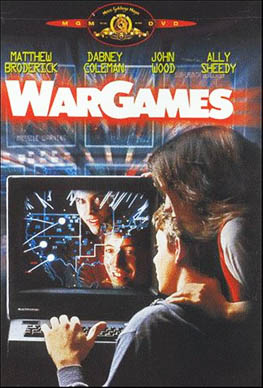
War Games – A really young Matthew Broderick stars in this old school hacker movie. David accidentally hacks into a backdoor of a military computer and thinks that it’s some new video game. In the process of “playing” the game, he triggers a chain of events that could lead to WWIII. This movie demonstrates why EVERYTHING should not be connected directly to the net. This movie is really old but still a classic with plenty of entertainment value and other merits.
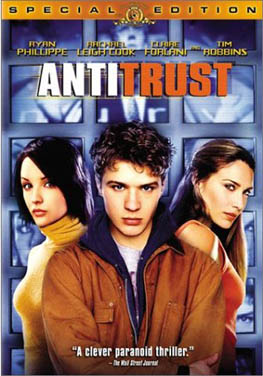
Antitrust – Antitrust is a bold jab a Microsoft right down to the pseudo Bill Gates who is the sinister mastermind behind the evil plot to eliminate the competition. There is even a minor character named “Redmond”. Ryan Phillippe plays Milo, a talented programmer who lands a dream job at a prosperous software company who is bent on world domination. This movie is actually pretty decent and often absent from lists of hacker movies such as this one.

Johnny Mnemonic – I’m not sure why this movie isn’t mentioned more often. It clearly belongs in the “hacker movie” category. This movie has some classic Keanu Reeves moments. There is a particular monologue that makes me laugh ever time, “Listen. You listen to me. You see that city over there? THAT’S where I’m supposed to be! Not down here with the dogs and the garbage and the fuckin’ last months newspaper blowing back and forth. I’ve had it with them, I’ve had it with you, I’ve had it with all this! I want ROOM SERVICE! I want the club sandwich. I want the cold Mexican beer. I want a ten-thousand dollar-a-night hooker!! I want my shirts laundered like they do at the Imperial Hotel in Tokyo.”
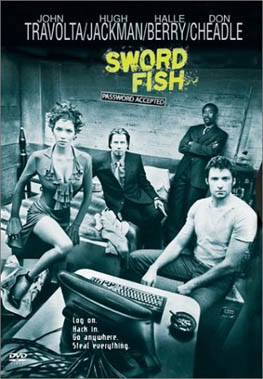
Swordfish – This movie has such a cliche plot line that you will probably think you have already seen it even if you haven’t. A reformed hacker gets pulled in by super criminal Gabriel(John Travolta) to help him steal gobs of money from the US Government. A lot of this movie is forgettable but it’s still great mindless entertainment for the computer nerd in all of us. After you’ve seen the Matrix, pick up Swordfish for another machine gun and computer crossover movie.

The Lawnmower Man – The original(and best?) virtual reality thriller. A scientist decides to experiment on his mentally handicapped gardener. With a mixture of drugs and computers, it turns out that his garden is not only way smarter than him but he’s damned evil and pissed off. Pierce Brosnan of James Bond fame stars in this classic sci-fi hacker flick. If you are in the mode for some low-budget early 1990’s era CGI, this is definitely your movie. Don’t bother with the sequel.
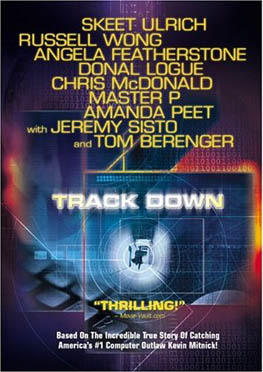
Track Down – This movie is based on the Kevin Mitnick story. Skeet Ulrich plays Kevin Mitnick. This movie is a little slow at times and shows a lot more social engineering ploys than actual computer hacking but I think it still has a place in any collection of hacker movies. Honestly this movie would have benefited from Hollywood digging their mitts into it a bit further.
Brainscan – This movie SCREAMS low budget but if you can get past that part, there is actually an interesting story line here. It was made in 1994 but seems far more dated. The premise of the movie is that this gamer kid(played by Edward Furlong of T2 fame) is tired of all the same old boring video games. In his quest to find something more interesting, he stumbles on this ad in the back of a magazine for this game called “Brainscan” that promises to be unlike anything he has ever played before. This is a bit of a virtual reality/psychedelic experience but certainly worth a watch if you are in the mood for something even cheesier than hackers.

Brainstorm – This movie is brutally old but interesting none-the-less. Christopher Walken stars as a scientist who has discovered how to record people’s thoughts and experiences and play them back to other people. It’s really, really dated but there is some cool retro computer hardware and sweet rainbow-colored ribbon cables that tie it altogether. It’s not as slow and boring as most other sci-fi movies of the era. This one isn’t quite a hacker movie in the traditional sense but probably interesting to most computer nerds just the same. Maybe wife friendly, YMMV.
If you’ve made it through this list and don’t see one of YOUR favorites, please post in the comments below. I would love to hear about it. If you would like to support my site, please buy the movies via the links above or buy anything that you like on amazon.com via the link down below. This helps keep me motivated to post more articles and information on my blog here.

